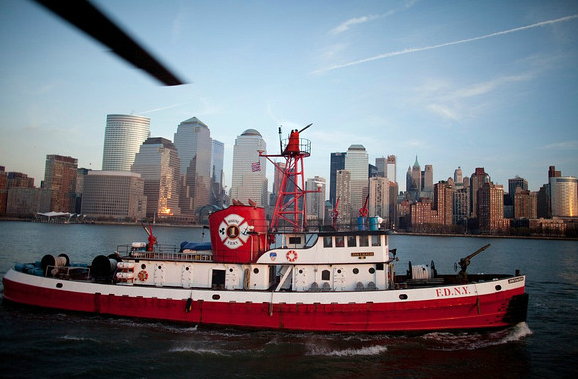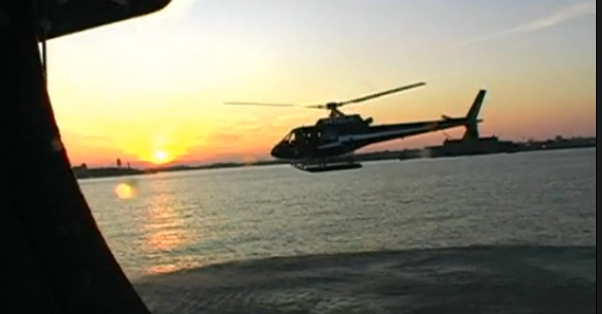Hepburn
Filing Flight Plan
Dear all,
I am having trouble understanding the minimum safe altitude FAR.
From my understanding, there are 2 types of area:
In the other-than-congested area, there is one exception for open water or sparsely populated, where the minimum is a 500' radius.
What I don't understand is this exception. If we just consider ground and not water, removing the sparsely populated area from the other-than-congested area leaves what ? I would say something like not-populated area at all.
This would lead to this behaviour: I fly in the desert, I have to be above 500' AGL because I consider myself in the other-than-congested-area but not in sparsely populated area. Then I fly over a sparsely populated area, I can fly lower as long as I am not in the 500' radius, then I leave the sparsely populated area and I have to fly above 500' AGL again.
In other words, more safety over desert, less safety over populated area.
I am sure I am getting this wrong as this clearly doesn't seem right.
Could you please explain to me what I am getting wrong ?
I've made a splendid paint drawing to illustrate this

Thanks a lot!
A student pilot
I am having trouble understanding the minimum safe altitude FAR.
From my understanding, there are 2 types of area:
- congested, 91.119 (b) with a 1000' v and 2000' h from aircraft minimums
- other-than-congested, 91.119 (c) with a 500' AGL minimum
In the other-than-congested area, there is one exception for open water or sparsely populated, where the minimum is a 500' radius.
What I don't understand is this exception. If we just consider ground and not water, removing the sparsely populated area from the other-than-congested area leaves what ? I would say something like not-populated area at all.
This would lead to this behaviour: I fly in the desert, I have to be above 500' AGL because I consider myself in the other-than-congested-area but not in sparsely populated area. Then I fly over a sparsely populated area, I can fly lower as long as I am not in the 500' radius, then I leave the sparsely populated area and I have to fly above 500' AGL again.
In other words, more safety over desert, less safety over populated area.
I am sure I am getting this wrong as this clearly doesn't seem right.
Could you please explain to me what I am getting wrong ?
I've made a splendid paint drawing to illustrate this


Thanks a lot!
A student pilot

 But I can say for sure that cattle do tend to panic when an A-6 Intruder goes over them at 30 feet AGL and 450 mph.
But I can say for sure that cattle do tend to panic when an A-6 Intruder goes over them at 30 feet AGL and 450 mph.



 .. This is unique though and does not apply anywhere there is common sense..
.. This is unique though and does not apply anywhere there is common sense..